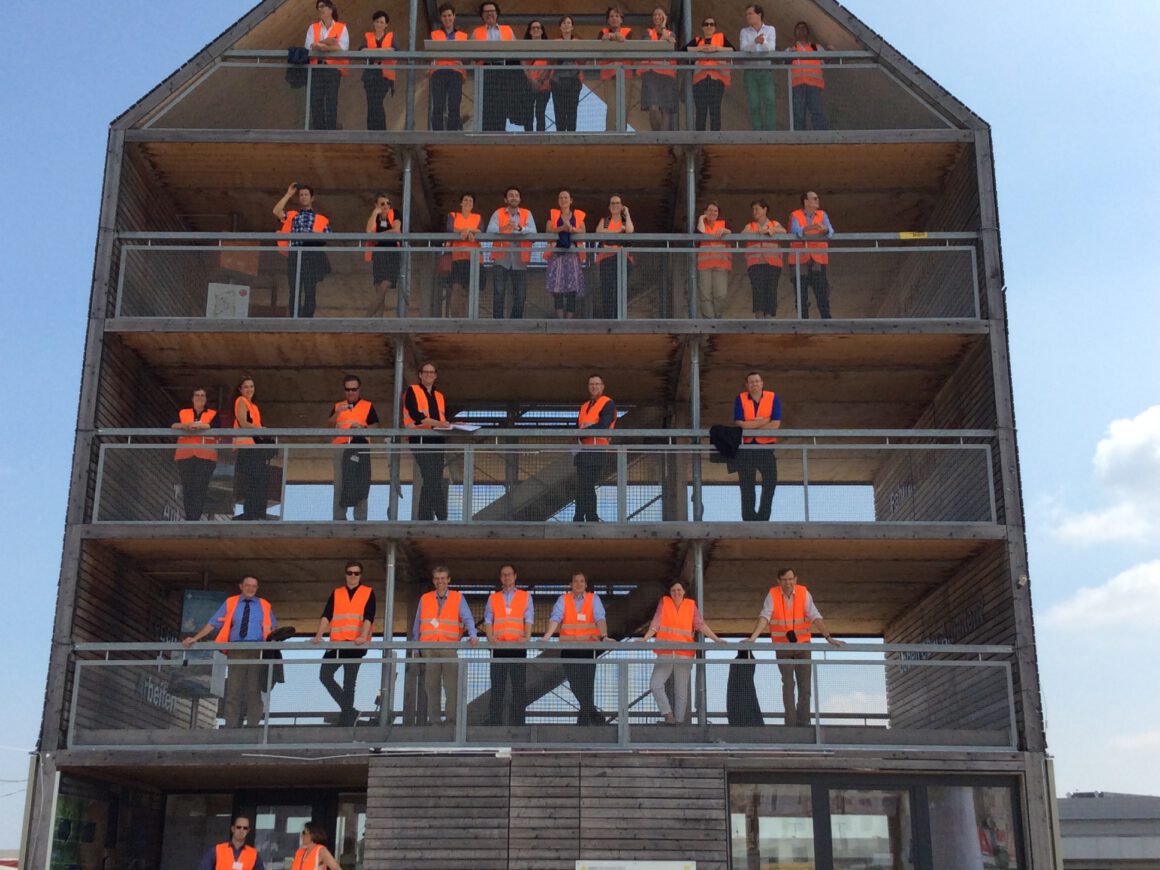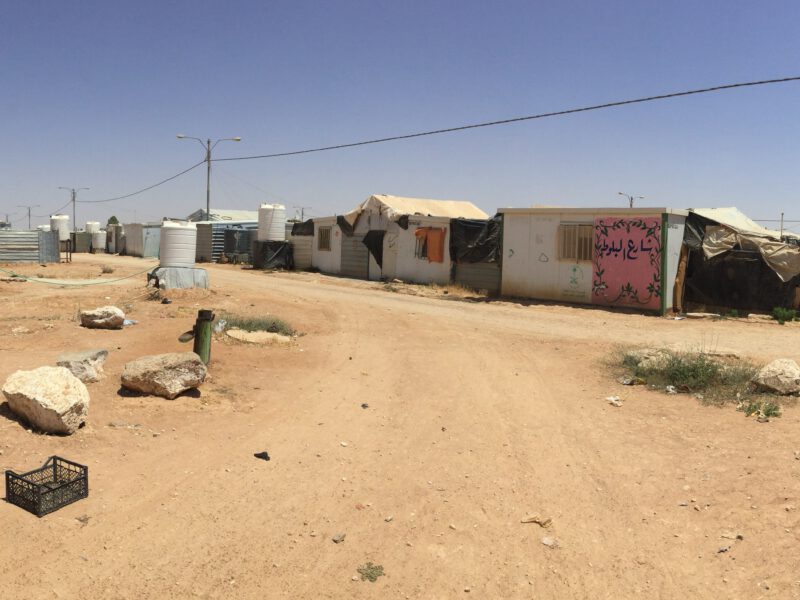 One of the methods of Transform is working in city districts on sustainable energy systems as part of urban (re)development. The work is done in a three days workshop where Transform cities and partners are present and discuss with local stakeholders on energy transformation issues. The workshop is called Intensive Lab Sessions (ILS). The idea is that with working with all mayor stakeholders and Transform partners Smart Energy solutions can be generated due to exchanging experiences and a “fresh view” form outsiders on problems and solutions. On September 9,10 and 11 the Vienna ILS was held.
One of the methods of Transform is working in city districts on sustainable energy systems as part of urban (re)development. The work is done in a three days workshop where Transform cities and partners are present and discuss with local stakeholders on energy transformation issues. The workshop is called Intensive Lab Sessions (ILS). The idea is that with working with all mayor stakeholders and Transform partners Smart Energy solutions can be generated due to exchanging experiences and a “fresh view” form outsiders on problems and solutions. On September 9,10 and 11 the Vienna ILS was held.
We experienced remarkable differences and?similarities?between our?Transform cities.
The last Transform ILS, in Vienna, dealt about the new city district of Aspern. Part of this new district, with housing for 20.000 inhabitants, is under construction. If it comes to energy, the system in the district consists of a heat grid and a grid for electricity. In this post I focus on the heat system.
The largest part of the Aspern area – the North – is in the design-phase now, but it is not clear yet what the new energy system will look like. One of the working groups discussed about the governance behind new grids. According to the local head grid company, Wiener Stadtwerke, who unfortunately wasn’t present at the ILS, the business case of the heat system is not feasible. As I understood due to the local requirements and the return of investment policy Fernw?rme Wien, a part of Stadtwerke, the builder of the head grids in the first part of Aspern. They are therefore not yet willing to invest in the new, highly sustainable system of the next parts of Aspern.
What is interesting of the ILS, is that different cities and their city partners like HOFOR and IBA are involved. During the Vienna ILS, Copenhagen and Hamburg shared their experiences in building new heat grids for residential districts in their cities.
It turned out that the features of new city districts in the different Transform cities are for the biggest part comparable. In Copenhagen and Hamburg, building new grids is “a no brainer” and feasible! But in Vienna it is not. The greatest difference boils down to the fact that the energy price for inhabitants in Vienna is maximised and in Copenhagen or Hamburg, it is not. And as a result this does not fit the return of investment policy of the grid company as mentioned above.
But strangely enough Wiener Stadtwerke is a semi privatised body that is fully owned by the city. In my reasoning the circle is round and there is no problem if the city decides to lower the ROI of the new sustainable grid.
I understood the financial problem is not that big, compared for instance to the huge investments in the subway line to Aspern. The deficit in the business case maximises to 2 million and related to writing of the investments in 40 to 50 years this does not feel as a big issue. I am sure that Aspern will be there in 40 years with inhabitants needing energy and heat.
In the next post I will elaborate on about the solution that came up.
Another issue I want to discuss is the relation between the improved quality of new building and heat grids. This is a more general problem in all our cities. All our cities have, during the last decades, raised the energy performance of new buildings. The result is a dramatic decline in head demand. (while electricity stays more or less the same or increases). With this strong reduced demand the business case behind new district heating systems is becoming more and more problematic.
But the solution could be, as shown above, rather simple. Again, a pity that not all stakeholders were attending the ILS……
Kind regards from Vienna.




